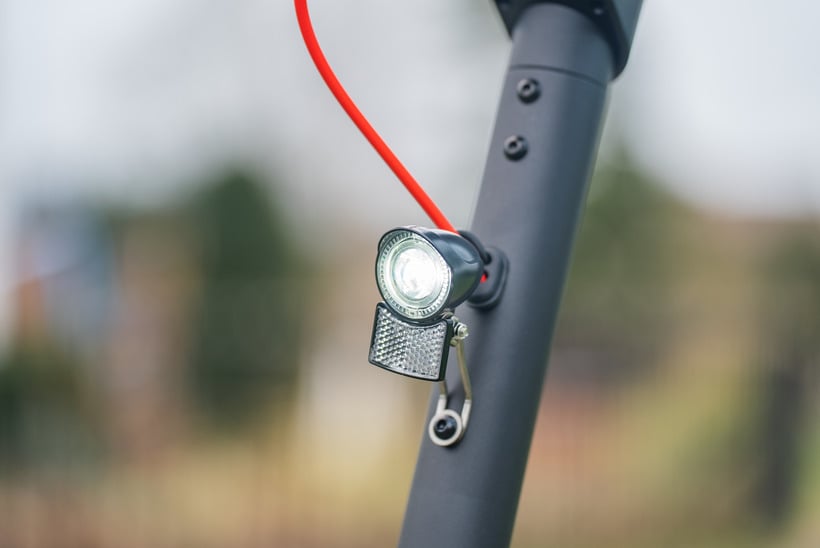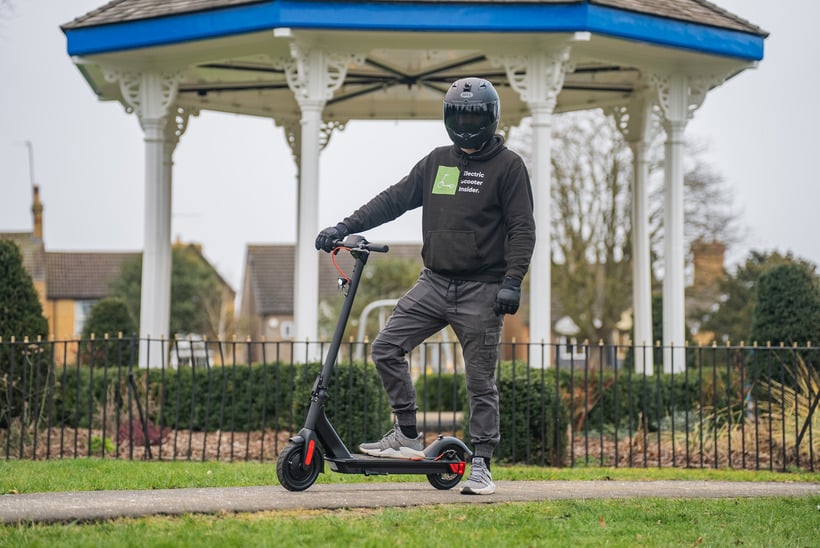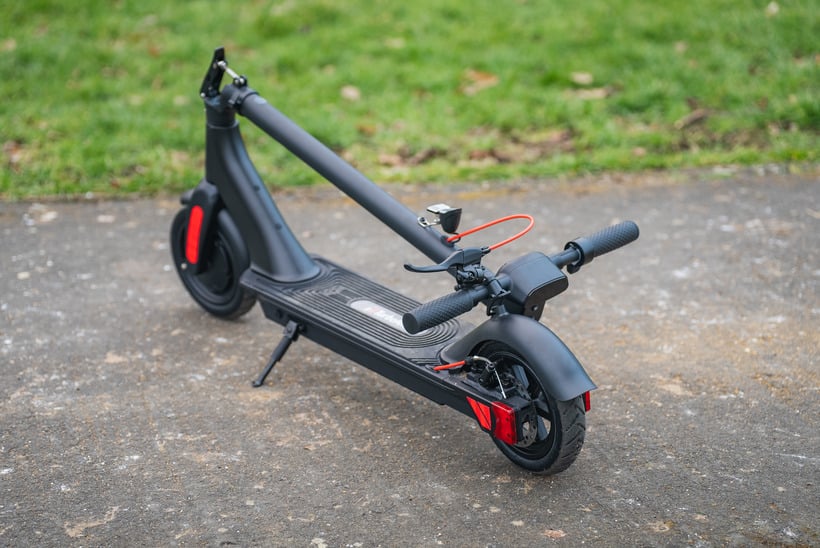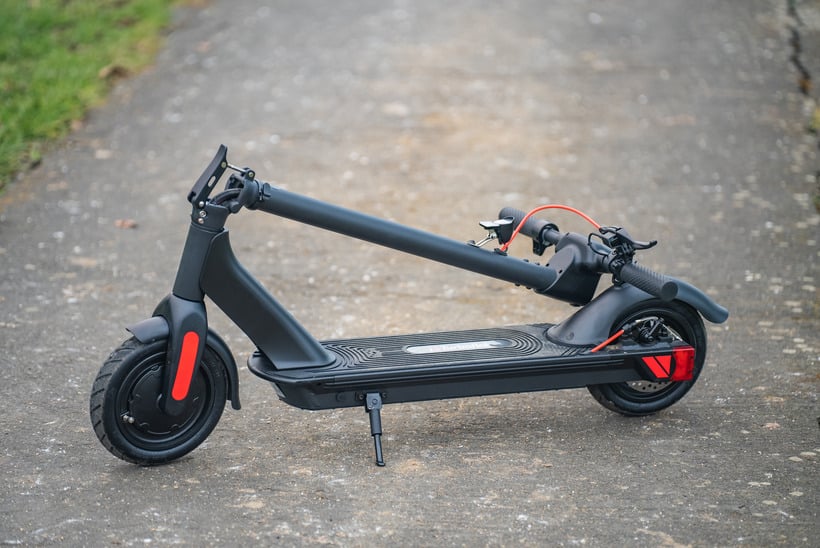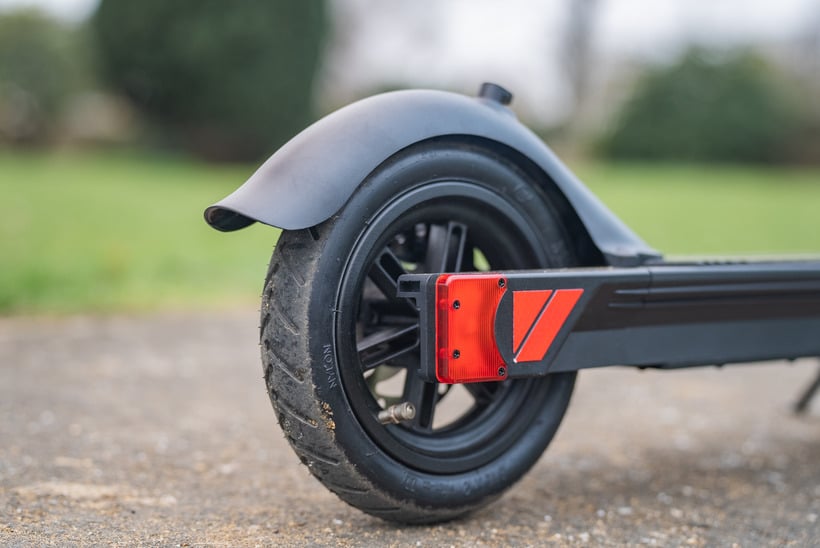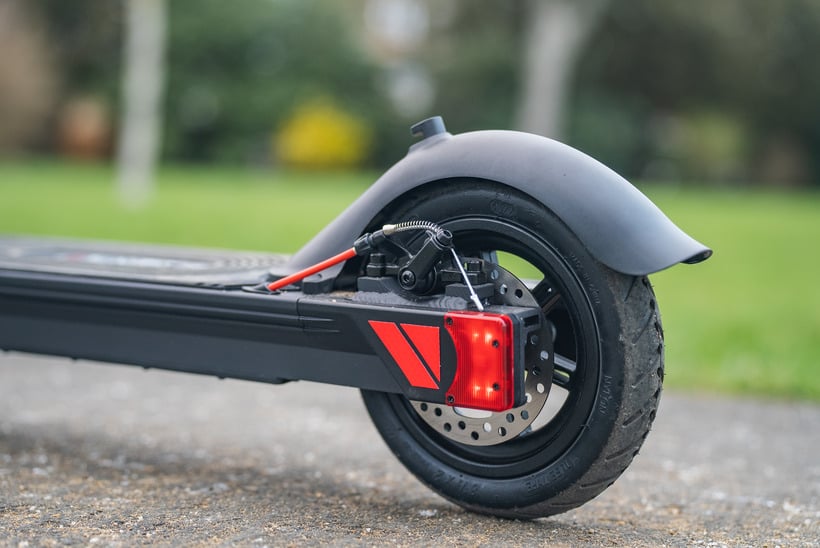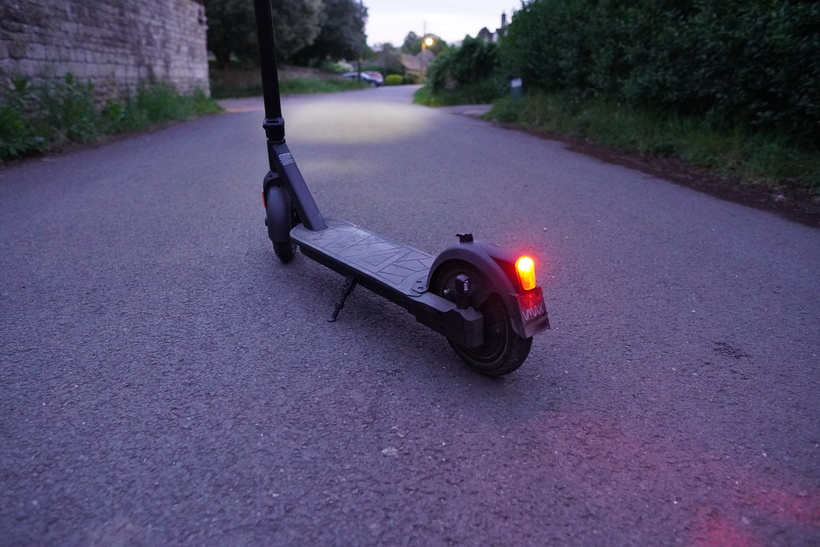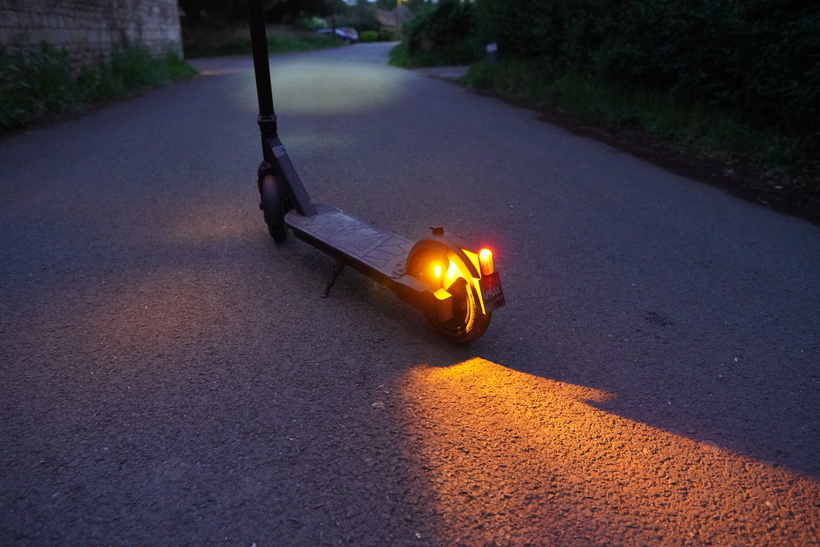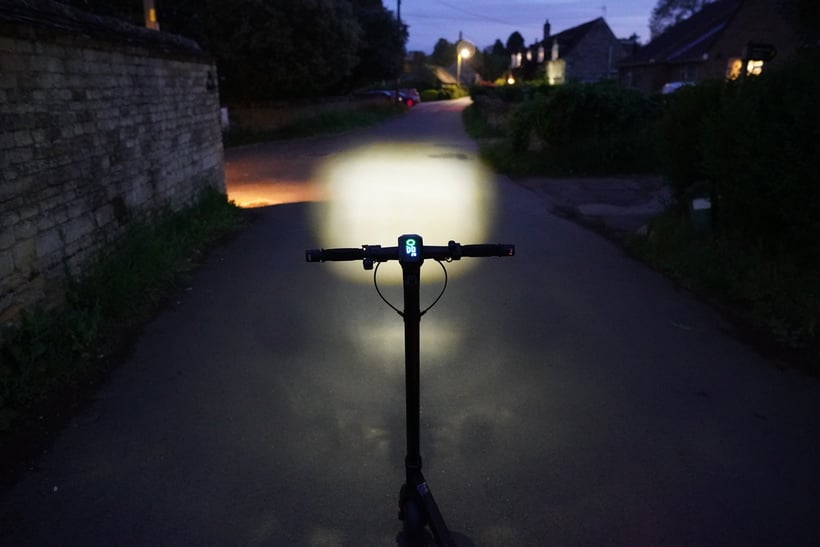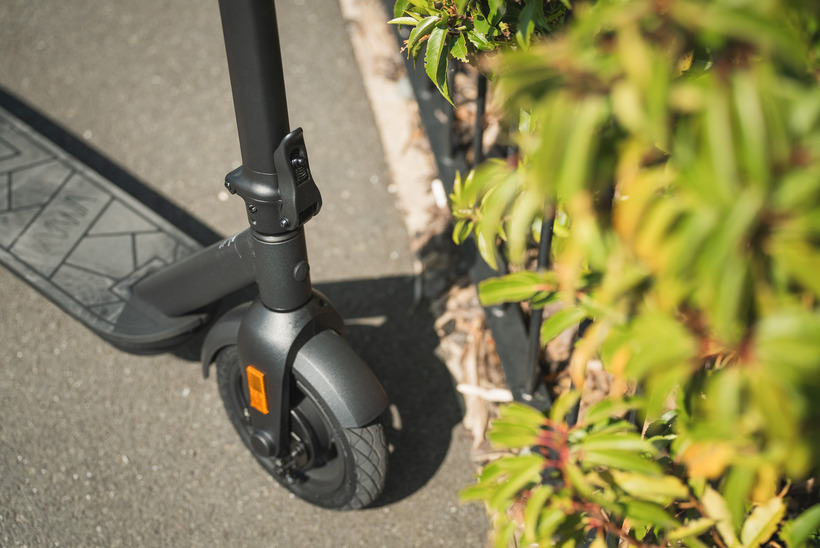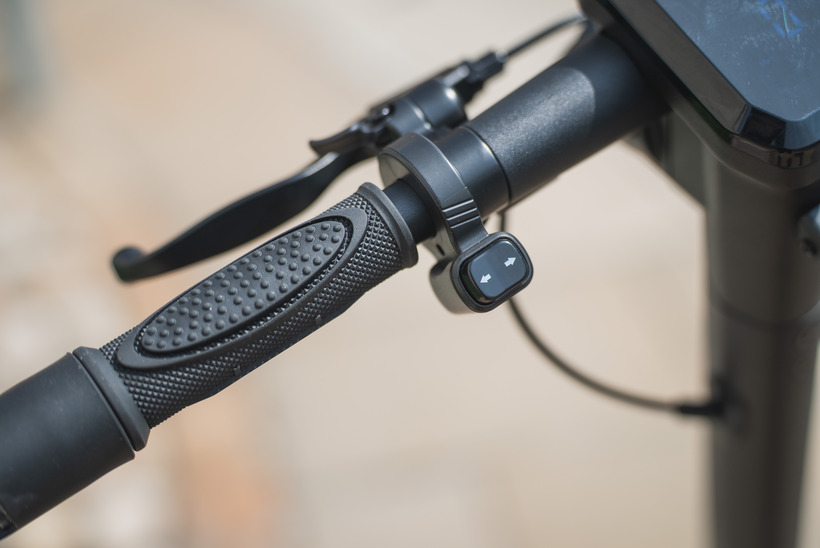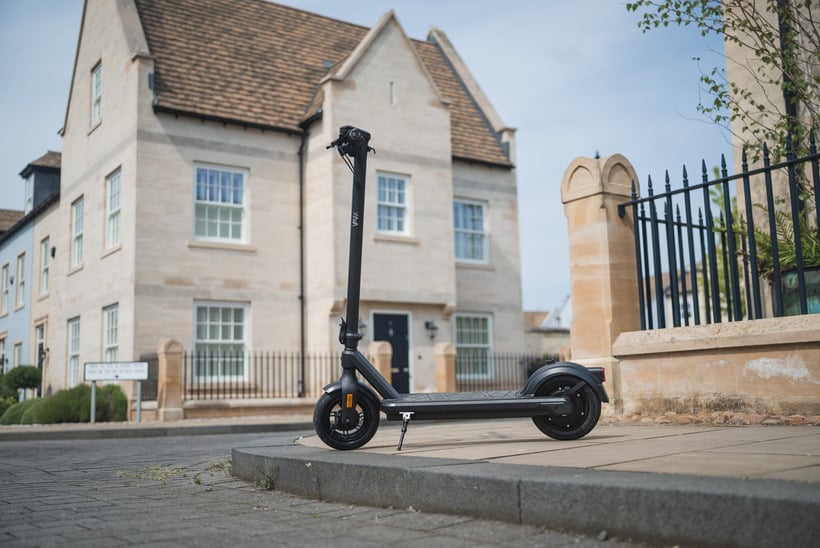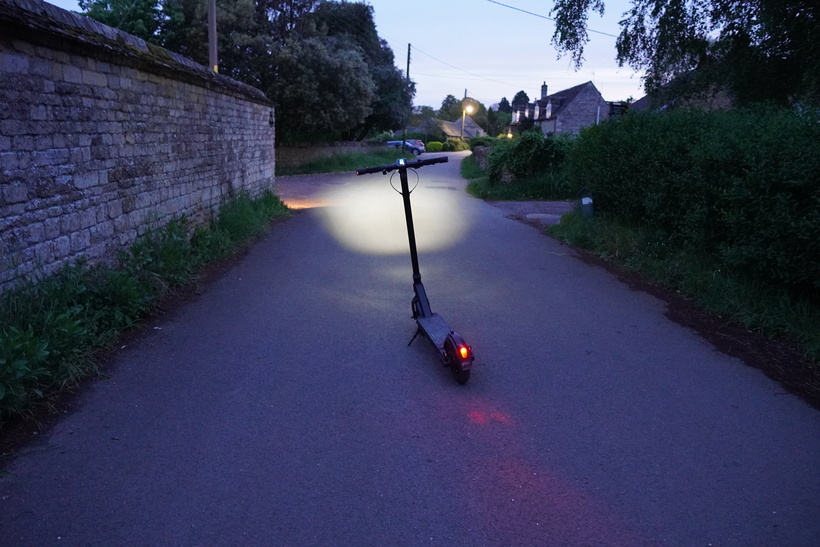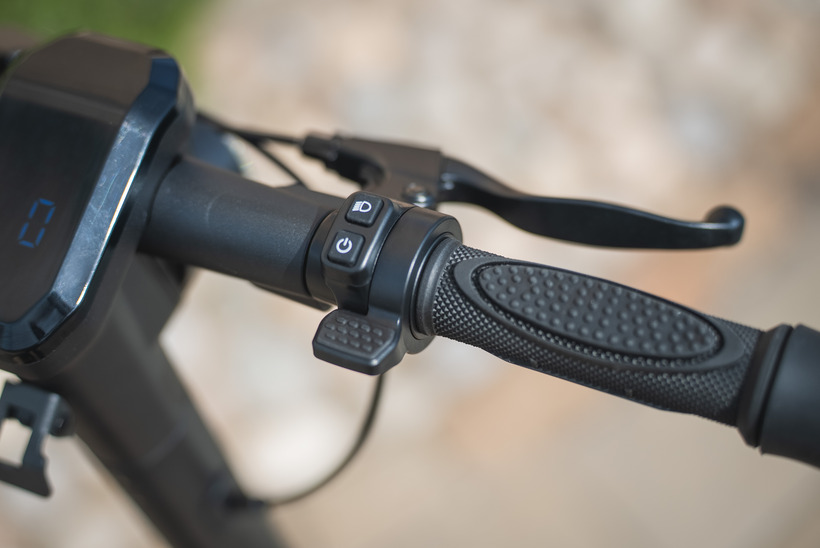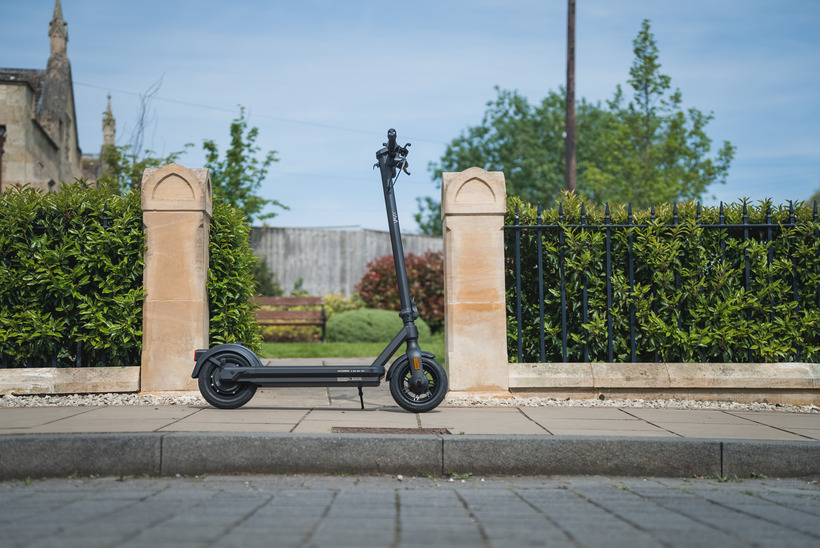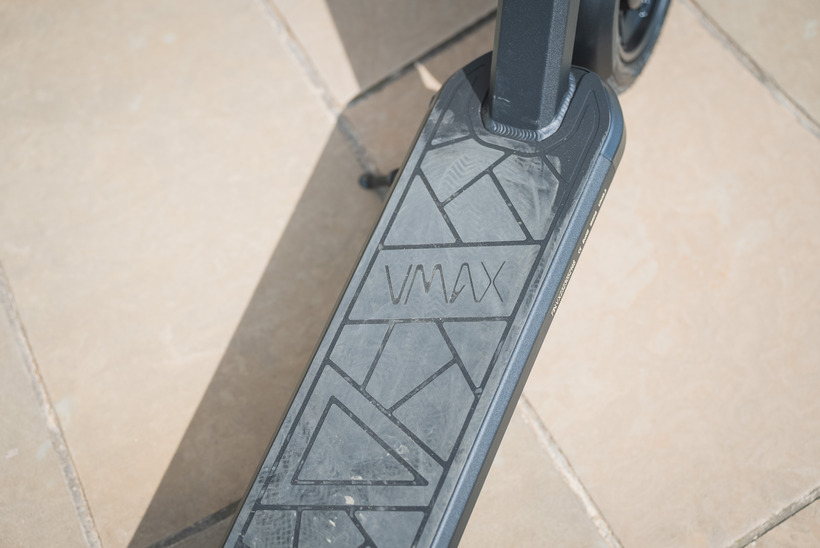Top Picks & Comparison: Best Electric Scooters For Teenagers (Quick List)
Quick List: Best Electric Scooters For Teenagers
I tested 25 electric scooters to find the 3 best models for teenagers.
- Turboant M10 Lite – Best For 13-14 Year Olds
- VMAX VX5 Pro GT – Best For 15-16 Year Olds
- VMAX VX2 Pro LT – Best For 17-18 Year Olds
Best Electric Scooters For Teenagers
Best For 13-14 Year Olds
Performance Report
Performance Report:
Tester: Josh Frisby (190 lbs, 6.1 ft)
- Top Speed: 16 mph
- Real Speed: 15.8 mph*
- 0-15 mph: 7.8 s*
- Max Range: 15.5 miles
- Real Range: 10 miles*
- Braking: 2.9 meters*
- Max Incline: 15 degrees
- Optimal Incline: 7 degrees*
- Weight: 31 lbs
- Load: 220 lbs
Pros & Cons
The Good:
- Outstanding value for money
- Chart-topping performance in the sub $400 category
- Ride and build quality are impressive
- Dual-braking system is strong
- Clean and tidy cable management
- USB charging port that works
- Super quick and easy folding mechanism
- Anti-glare display
- Long fenders prevent splashback
- IP54 water-resistance rating
The Bad:
- Deck is a little short
- Cruise control has a habit of kicking in uninvited
Video Review
Photos
Best For 15-16 Year Olds

VMAX VX5 Pro GT
Performance Report
Performance Report:
Tester: Josh Frisby (197 lbs, 6.1 ft)
- Top Speed: 18 mph
- Real Speed: 17.4 mph*
- 0-15 mph: 6.7 s*
- Max Range: 22 miles
- Real Range: 19 miles*
- Braking: 2.0 meters*
- Suspension: n/a
- Max Incline: 14 degrees
- Optimal Incline: 8 degrees*
- Weight: 36.8 lbs
- Load: 265 lbs
Pros & Cons
The Good:
- Competitive performance profile
- 11% faster acceleration compared to the average of its rivals
- Shortest stopping distance among its rivals
- Best design and build in its price class
- Wider than normal handlebars promote good handling
- Regenerative braking system recycles kinetic energy to recharge the battery on the go
- High quality UL2272-certified battery
- Grippy and nimble 8.5-inch tubed tires
- Immaculate cable management
- Mobile app allows for customized performance
- Slick folding mechanism
- 40.2-inch deck-to-handlebar height makes it suitable for tall riders up to 6’3”
- Protective IPX6 water-resistance rating
- Long fenders that prevent splashback
- Quiet motor
- Low maintenance
- 2-year warranty
The Bad:
- Display gets washed out in direct light
- The taillight is bright at night, but it doesn’t flash when you brake - it just glows a brighter red
Video Review
Best For 17-18 Year Olds

VMAX VX2 Pro LT
Performance Report
Performance Report:
Tester: Josh Frisby (190 lbs, 6.1 ft)
- Top Speed: 24 mph
- Real Speed: 24.5 mph*
- 0-15 mph: 3.8 s*
- Max Range: 22 miles
- Real Range: 19.9 miles*
- Braking: 3.0 meters*
- Suspension: n/a
- Max Incline: 15 degrees
- Optimal Incline: 9 degrees*
- Weight: 43.2 lbs
- Load: 287 lbs
Pros & Cons
The Good:
- Fastest acceleration among similarly priced single-motor scooters
- Strong brakes that use a regenerative system to recycle kinetic energy to recharge the battery on the go
- Exceptionally quiet motor
- Impeccable build quality
- Nimble tubeless tires
- Suitable for tall and heavy riders
- Bright lights with excellent turn signals that are visible from the front, rear, and sides
- Mobile app allows for customized performance
- Slick folding mechanism
- Tidy cable management
- Protective IPX6 water-resistance rating
- Long fenders that prevent splashback
- Low maintenance
- 2-year warranty
The Bad:
- Doesn’t have suspension
- Display gets washed out in direct light
- The taillight is bright at night, but it doesn’t flash when you brake - it just glows a brighter red
Video Review
Compare Electric Scooters For Teenagers
Turboant M10 Lite | VMAX VX5 Pro | VMAX VX2 Pro |
|
|---|---|---|---|
| Where to Buy | Turboant | VMAX | VMAX |
| Price | $279.98 | $499 | $699 |
| Category | 13-14 Years | 15-16 Years | 17-18 Years |
| Review | Review | Review | Review |
| Performance | |||
| Top Speed | 16 mph | 18 mph | 24 mph |
| 0-15 MPH | 7.8 s | 6.7 s | 3.8 s |
| Max Range | 15.5 miles | 22 miles | 22 miles |
| Tested Range | 10 miles | 19 miles | 19.9 miles |
| Braking | 2.9 meters | 2.0 meters | 3.0 meters |
| Max Incline | 15 degrees | 14 degrees | 15 degrees |
| Optimal Incline | 7 degrees | 8 degrees | 9 degrees |
| Specs | |||
| Motor | 36V 350W | 36V 400W | 48V 500W |
| Throttle | Thumb | Thumb | Thumb |
| Battery | 36V 6.6Ah FST | 36V 10.4Ah FST | 48V 16Ah FST |
| Charge Time | 5 hours | 5 hours | 8.5 hours |
| Brakes | Disc, Electronic | Drum, Regen | Drum, Regen |
| Suspension | None | None | None |
| Tire Size | 8.5 inch | 9 inch | 10 inch |
| Tire Type | Air (Inner-Tube) | Air (Tubeless) | Air (Tubeless) |
| Weight | 30.9 lbs | 36.8 lbs | 45 lbs |
| Load | 220 lbs | 265 lbs | 287 lbs |
| Foldability | Folds at Stem | Folds at Stem | Folds at Stem |
| Lights | Headlight, Taillight | Headlight, Taillight, Turn Signals | Headlight, Taillight, Turn Signals |
| IP Rating | IP54 | IPX6 | IPX6 |
| Terrain | Street | Street | Street |
How Did I Test the Scooters?
Test Criteria
To find the 3 best electric scooters for teenagers, I tested 25 models and assessed each across the metrics of top speed, acceleration, range, braking, and ride quality. I also assessed their design, features, and overall value for money.
Top Speed
Garnering data on each scooter’s top speed was an extremely important factor in the testing process.
In the interest of safety, I placed speed caps across the different age brackets. For 13-14-year-olds, I limited the scooter selection to those that had a top speed of 15 mph or below. For 15-16-year-olds, this was increased to 20 mph, and for 17-18-year-olds, it was increased further to 25 mph.
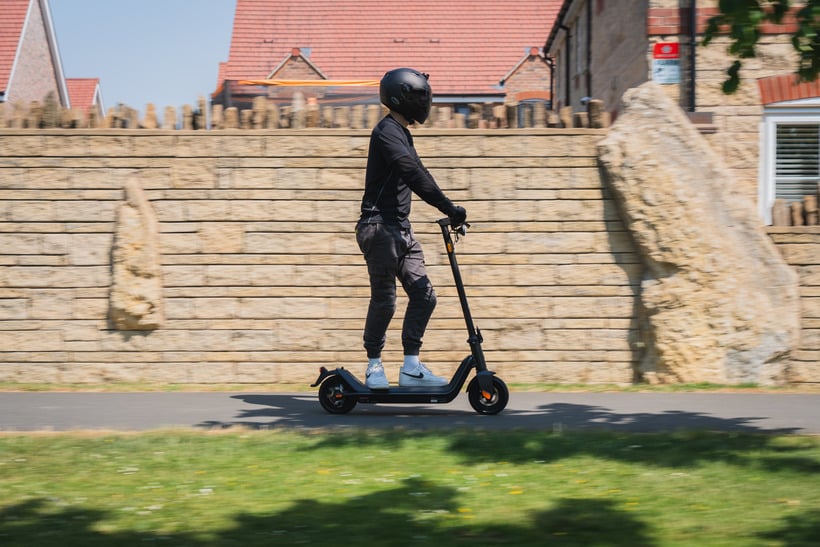
Testing the top speed of each scooter required 2x two-way directional runs. Prior to the tests, I made sure that the performance settings were dialed up to the max, the tires were pumped up to their recommended PSI, and the batteries were fully charged.
Acceleration
Similar to my top speed tests, I assessed acceleration relative to each age bracket.
For 13-14-year-olds, scooters with gradual acceleration curves were selected, while those with more zip were selected for the 15-16-year bracket. For 17-18-year-olds, scooters that had nippy acceleration rates were chosen (i.e. enough to give you a thrill, but not too fast that you could lose control).
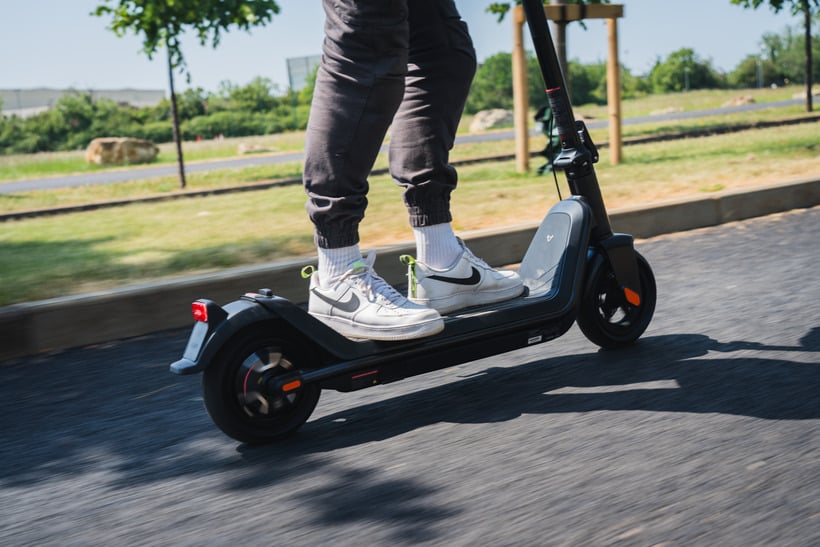
To establish accurate results, I tested each scooter's acceleration from a standstill to 15 mph. I repeated these tests 6 times (including 3x two-way directional runs) and averaged the data.
To ensure consistency, I made sure that I had each scooter dialed into its highest speed setting with the tires pumped up to their recommended PSI and the batteries fully charged.
Range
Here, I reported on the maximum and real-world range.
Manufacturers quote maximum range figures, but these are based on best-case riding conditions that often include a 165 lb rider, flat terrain, and riding in the slowest setting.
While these stats are useful for comparing performance, I also provided insights into how each scooter performed under real-world conditions (i.e. riding across undulating routes in their fastest setting, cruising, and making multiple stops).

Braking
Stopping distance is equally as important as the rest of the other performance metrics.
To ascertain each scooter’s braking performance, I measured the distance that it took for them to stop from 15 mph.

These tests were conducted five times. If electronic or regenerative braking systems were present then I dialed their strength up to the max. I also assessed the position and responsiveness of the brake levers.
Ride Quality
The primary aim of my ride quality tests was to determine whether a scooter was comfortable, fun, and enjoyable to ride.
To do this, I assessed each model across several design and performance factors.
First on the list was to assess geometry and dimensions. Here, I measured handlebar width, usable deck space, and deck-to-handlebar height. The wider the handlebars, the greater the control. The bigger the usable deck space, the larger the room to find a natural riding stance. And, the higher the deck-to-handlebar height, the better your posture.

I also made sure to select the scooters that had the most well-suited dimensions for each age group.
Following this, I reported on each scooter’s ability to soak up shocks while riding on both flat and pot-holed roads.
Design Assessments
While the performance tests served as an integral part of the testing process, I also assessed the design and features of each scooter.
Scooters that combined well-rounded performance profiles with equally impressive designs were selected.
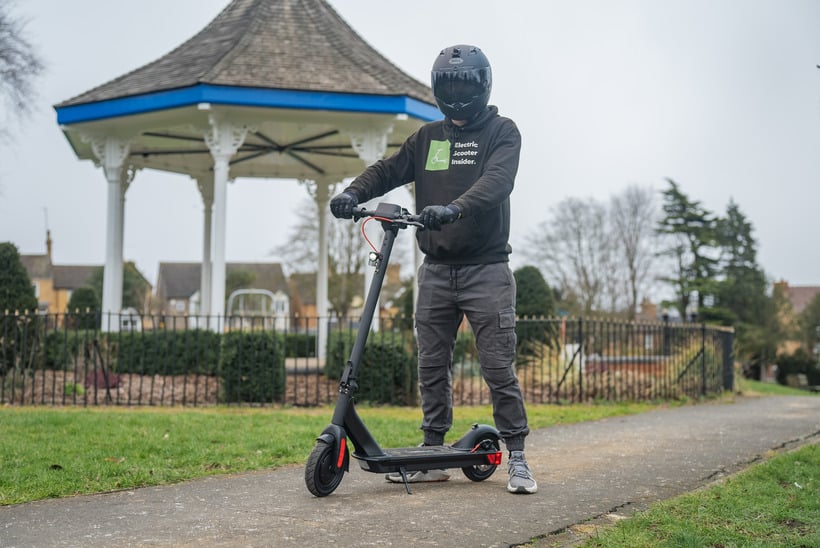
In total, each scooter was subject to 30 assessments across 10 categories. These included the cockpit, frame, deck, tires, portability, suitability, lights, extra features, dimensions, and build quality.






